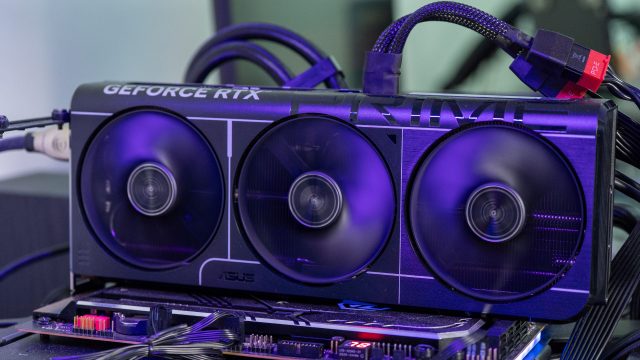In modern life, all forms of industry rely on the latest advances in technology. For example, the healthcare sector is constantly seeking to adopt and benefit from new technologies that can improve patient experience and produce improved patient outcomes. Notable recent advances in technology in this sector include the MRI scanner, which can accurately assess patients in a non-invasive way, and laser eye surgery machines that can quickly improve the vision of people who experience short- or long-sightedness.
The home entertainment sector of business also looks to adopt the latest technology. This allows them to offer consumers exciting home entertainment experiences and products that elevate their enjoyment of a range of media.
In this article, some key pieces of technology that have recently been used in the home entertainment sector will be described.
Immersive online casino experiences
As IT and the processing power of tech devices become increasingly sophisticated, the online gaming industry has sought to take advantage of these improvements to offer adults an authentic online casino experience that is similar to visiting a traditional high-class physical venue.
At many leading online casinos, gamers can experience photo-realistic graphics and an immersive gaming experience. Site owners use advanced 3D modeling and rendering techniques to create an environment that looks exactly like a high-class casino.
The latest encryption technology is also employed to offer gamers secure payment services when making deposits and withdrawals of funds. State-of-the-art encryption technology is used to ensure that transactions take place in a secure environment and if financial information were to be intercepted by cybercriminals, it could not be decoded and used to make fraudulent purchases.
Advanced algorithms for film curation
It is estimated that 85% of American homes have subscriptions to one or more movie streaming services such as Netflix or Amazon Prime Video. The on-demand nature of these services allows consumers to watch films at a time and a place that suits them—needing little more than a smart TV, smartphone, or other viewing device and a reliable internet connection.
Many consumers benefit from receiving tailored recommendations and curated “watchlists” that are created by the streaming service. After the customer has viewed a certain number of films or answers some quick questions on their favorite film and TV genres, advanced algorithms are employed to analyze these viewing habits. Over time, an increasingly relevant set of viewing recommendations is made that are likely to appeal to individual viewers.
VR takes gaming to the next level
Finally, VR technology has now advanced to the point where sophisticated video games can be played from VR headsets. Gamers now can enjoy fully realized 3D gaming environments that offer a level of immersion that simply cannot be matched when compared to viewing games on a flat screen.
At present, the processing power of standalone VR headsets does not match the latest gaming PCs or next-generation consoles; however, it is only a matter of time before VR headsets offer processing power and graphics capabilities on a par with such systems.
Today, many VR headsets can be linked to gaming PCs or consoles, taking advantage of additional memory and processing power to run increasingly demanding titles on the units.











